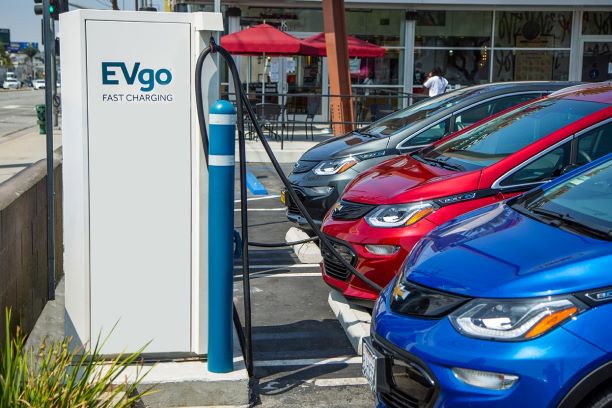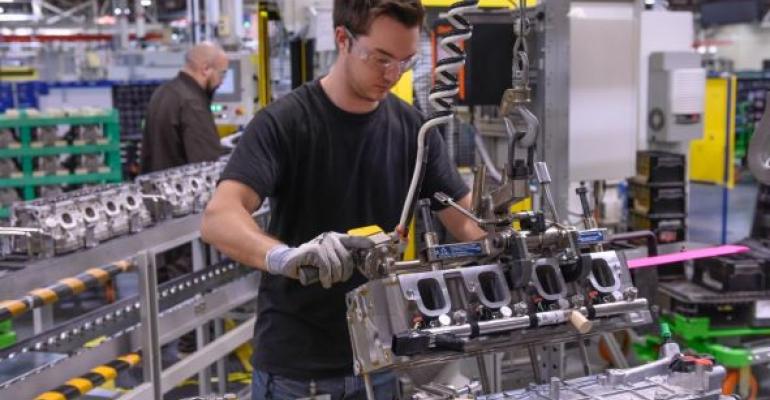Much more than energy efficiency and environmental responsibility, today’s corporate sustainability spectrum extends to product design, material choices and recycling and requires careful partnering with equally responsible suppliers throughout the chain.
This year’s online Center for Automotive Research Management Briefing Seminars included a Tuesday session on exactly that subject with two highly knowledgeable panel members: Dane Parker, General Motors’ newly named chief sustainability officer, and Gulay Serhatkulu, senior vice president-performance materials for BASF North America.
“We are in the middle of a very large shift,” Parker says. “What energy powers a foundry, for example, and what ends up being wasted? It has become a core element of who we are and where we are going. There is huge opportunity for improvement, and we’ll see exciting changes going forward.”
Serhatkulu asserts BASF is working to achieve ambitious sustainability targets that include collaborating with suppliers for mutual understanding of the benefits of sustainability.
“We want our partners to be part of our responsible actions, so we work with them to improve sustainability measures. By 2021, we will be able to provide carbon footprints of (nearly all) of our products to help customers make responsible choices,” she says.
“As we do lifecycle analysis of our products,” Parker says, “95% is tailpipe emissions, which is why EVs are so important. But that shifts the burden to materials. Our goal is for 50% of the materials used in our products to be sustainable by 2030. Vehicles today are 85% recyclable, so we’re working on that other 15% to attain circularity.”
Parker and Serhatkulu later took questions from media, conference attendees and the moderator.
Q: Can GM meet its stated goals of zero crashes, zero emissions and zero congestion?
Parker: Those goals are largely driven by increased awareness among our employees, our investors and our customers. We have all become much more aware of the impacts of our daily actions. They are a “moon shot,” of course. But we need bold goals.
Q: What are GM’s priorities for reaching shorter-term goals?
Parker: Renewable energy for us and our suppliers, and materials are a close second. A second life for batteries is also key.
Q: What about Wall Street?
Serhatkulu: Sustainability will be a core element of how funds invest in the future. It also becomes a key component of risk management. We can’t maintain sustainability without profits, and returns will be higher.
Parker: I spend a lot of time with investors, and the flow into sustainability-focused funds has been growing.
Q: Do you anticipate government mandates on sustainability?
Serhatkulu: If we wait for regulation, it will be too late. We need to work ahead of regulation to meet sustainability and profitability targets creating products that are carbon neutral.
Q: Might the investment and added cost of achieving higher levels of sustainability outweigh the benefit?
Serhatkulu: That is both the challenge and the opportunity. We have to make decisions balancing all priorities.
Q: Will companies include sustainability data in financial reports?
Parker: Yes. Increasingly, sustainability data will be shared along with financial data. It needs to get simpler, but it will be reported.

GM teaming with EVgo to add more than 2,700 fast chargers across U.S.




